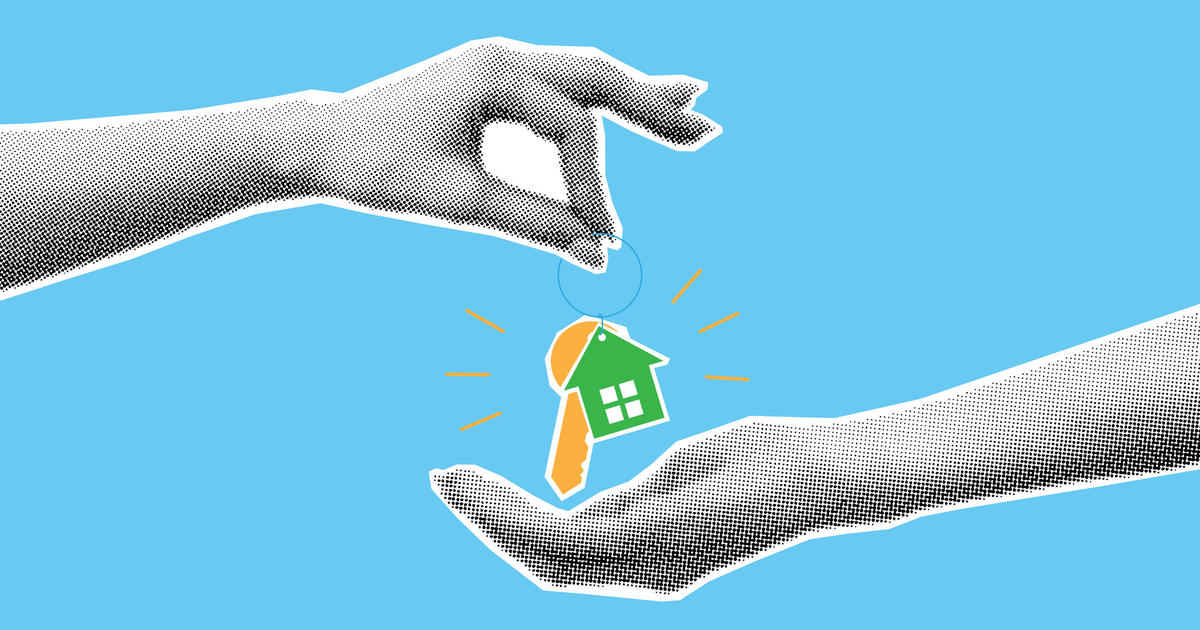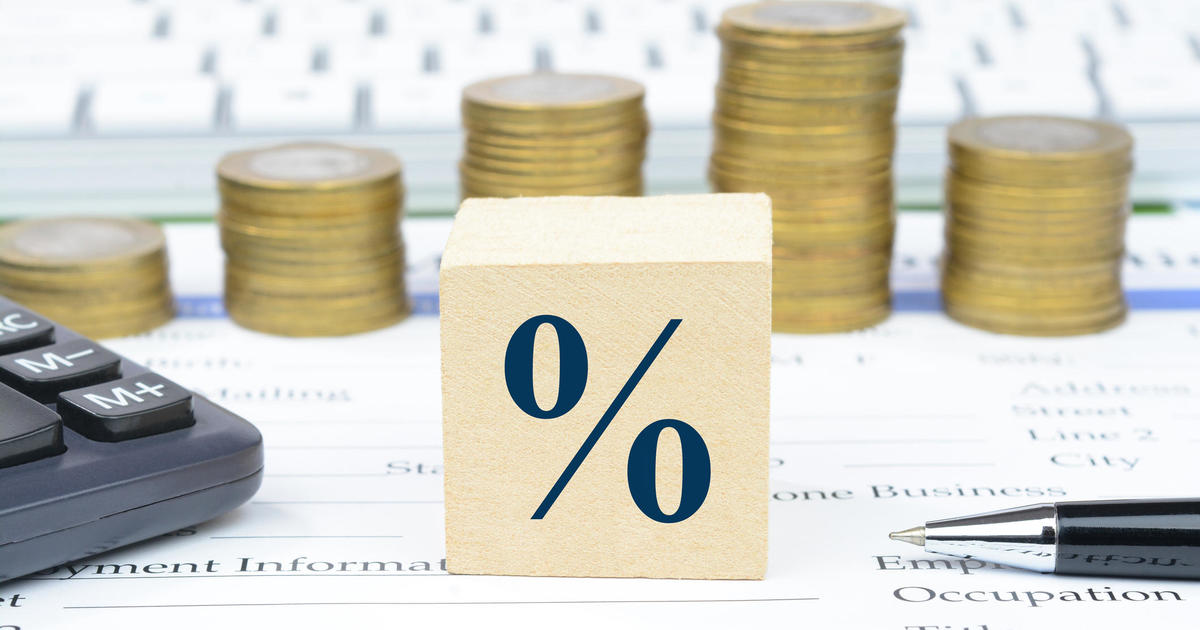Will interest rates rise for CDs, high-yield savings accounts?
Shaky economic conditions, such as stubbornly high inflation, stock market volatility, and trouble at some banks have made many individuals unsure about what to do with their finances. Meanwhile, high interest rates have made homebuying and refinancing more expensive.
However, these conditions have also given way to better rates within relatively simple financial products, such as high-yield savings accounts and certificates of deposit (CDs).
The average rate on a 12-month CD, for example, rose from 0.14% in March 2022 to 1.49% in March 2023, according to the St. Louis Fed, based on FDIC data. And many financial institutions offer much higher rates, such as around 4.5% to 5% for 12-month CDs.
But will interest rates for CDs and high-yield savings accounts continue to rise? Or will they soon reverse course? That's what we will discuss in this article.
If you think you could benefit from opening a high-yield savings account in today's economic climate then start researching your options now to see how much more you could be earning.
Will interest rates rise for CDs, high-yield savings accounts?
"We likely will not see continued increases like we have in the past 6-12 months, but decreases are not likely either. In the short term, rates are likely to stay level or increase slightly. I am not expecting any large swings in prevailing rates," says Devin Carroll, owner and lead advisor at Carroll Advisory Group.
However, predictions can be difficult and can change based on broader economic conditions.
"The path will depend upon whether we make progress on inflation, whether there is any contagion stemming from the recent banking collapses, and whether we avoid a recession. All of these are moving targets with a high degree of uncertainty," says Steve Sosnick, chief strategist at Interactive Brokers.
Looking at long-term rates
Trying to predict rates further into the future can also be highly difficult, but the Federal Reserve's actions around the target federal funds rate, which influences CD and high-yield savings account rates, can offer insights.
Since March 2022, the Fed has raised rates from near zero to a range of 4.75-5%. And the Fed projects that rates will rise slightly higher in 2023 before coming down in 2024 and beyond.
"Over the next one to five years, I would expect rates on CDs and high-yield accounts to drop as inflation gets under control and the Fed ratchets rates back down to more normal levels," says Tara Falcone, CFA, CFP, founder and CEO of Reason.
Defining normal levels can be somewhat subjective. But as Falcone points out, the Fed has raised rates as high as 19% in the early 1980s to around zero for several years following the Great Recession, with around 3% being the rate during more normal economic environments, she says.
That doesn't necessarily mean banks will set savings account and CD rates in lockstep with the Fed, but the trends are usually correlated.
However, conditions could change. The recent collapse of Silicon Valley Bank and some concerns at other banks could ultimately result in lower inflation. Yet it could also push up CD and high-yield savings account rates in the near term, as banks try to attract deposits.
"The current crisis of confidence around the safety of large bank deposits is resulting in a very competitive rate environment for consumer deposits. While rates may stay elevated for a while, it is likely that this heightened competition will begin to slow as the crisis fades, resulting in lower rates over time," says David Boniface, an LPL-affiliated financial advisor and president of Legacy Capital Wealth.
In this current environment, those interested in CDs may want to act now to lock in a competitive rate. You can easily explore your CD interest options online now.
Putting your money to work
Despite all the uncertainty, many individuals can benefit from putting their money to work now, rather than sitting on the sidelines to see what happens.
"The reality is that a 0.25% or 0.5% rate hike from here won't make that big of a difference on an average person's savings balance. If you're concerned about missing out on potential upside, you could buy one CD today with, say, half of your idle cash, and then purchase another CD with the rest in three to six months at future rates, which could be higher or lower," says Falcone.
For those who have existing CDs or high-yield savings accounts, it's not too late to take advantage of higher rates, such as by opening additional accounts. At the same time, consumers can hedge their bets against future rate changes, such as by having CDs of different durations, also known as laddering.
For example, Boniface advises to "keep your short-term needs and emergency funds in an FDIC-insured high-yield savings account, and purchase 3-, 6-, 9- and 12-month FDIC-insured bank CDs. As shorter duration CDs come due, add to the longer duration with the proceeds. This allows for adequate liquidity while providing some duration protection if rates do drop, as many predict."
Some investors might also decide to lock in rates for multi-year CDs.
"It is not intuitive to lock in a 5-year CD that is paying a lower yield than a 1-year CD, but in a year that may prove to be a wise decision [if] 1-year CD yields have dropped considerably," says Carroll.
Another way to think about laddering is to match durations to your income needs.
"In other words, if one needs money this month to pay rent or a mortgage, it makes little sense to lock it up for several months or longer. Conversely, if you expect a tuition payment in a few months and have the cash now, it could make sense to invest in a CD that matures shortly before the payment is due," says Sosnick.
That said, CDs and high-yield savings accounts aren't the only options to consider. Other relatively low-risk investments, like Treasuries, could also be appealing. Shopping around for different rates and potentially speaking with a financial advisor could help you find a good risk/reward balance as the interest rate environment changes. Research your high-yield savings account options today to see how much more you could be earning.




